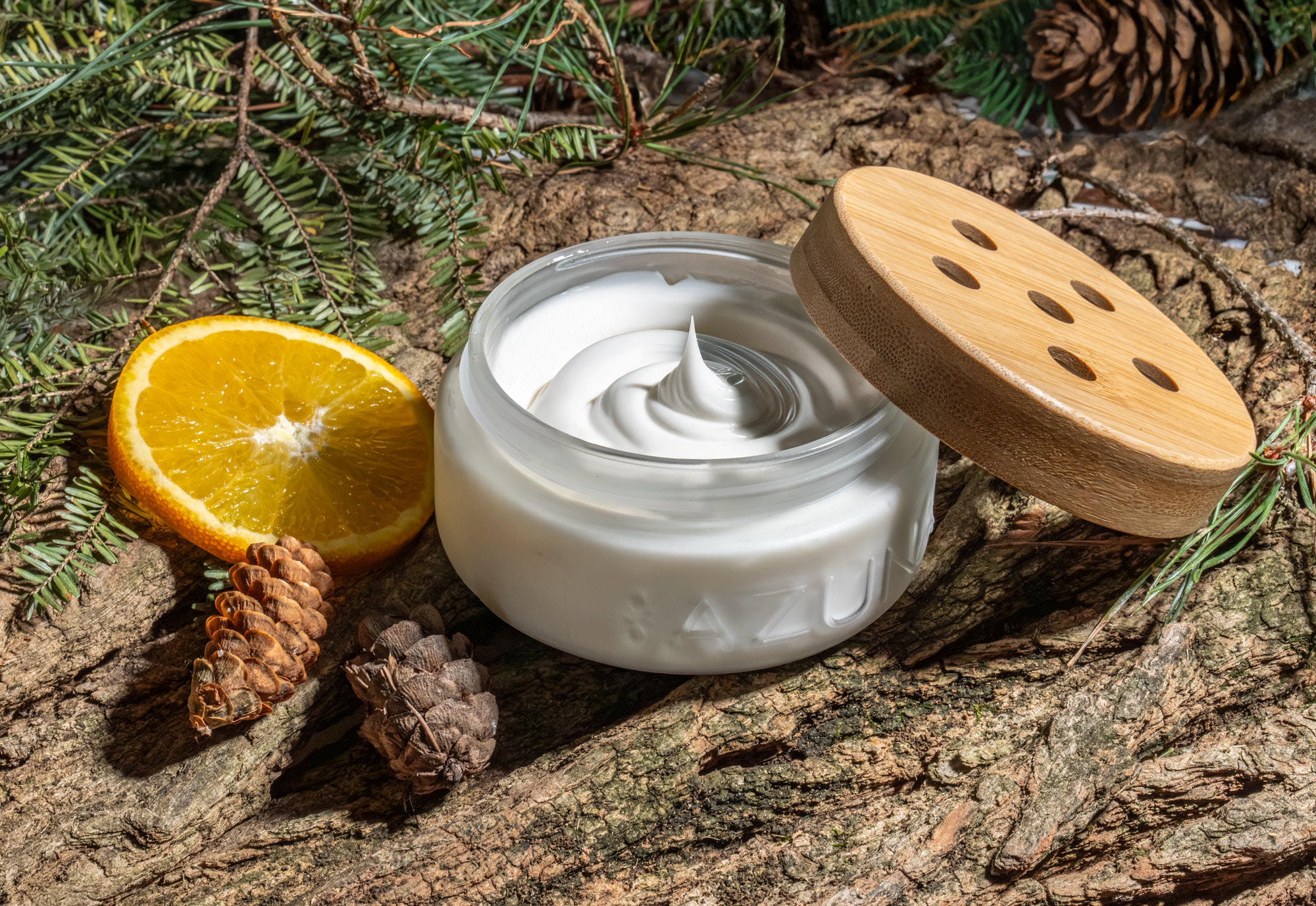Most people assume the air inside their homes is clean. After all, regular sweeping, vacuuming, and wiping down counters should tackle all those potential problem areas, right?
It turns out—not quite.
Indoor air quality is often worse than you'd expect, and even the most diligent cleaning habits don't eliminate all harmful microbes. Research shows that indoor air pollution is on the rise, and the bacteria, mold, and mildew spores that are causing it can affect your health and well-being in unexpected ways.
We've analyzed the data, examined the science, and uncovered some uncomfortable truths to bring you five reasons why you need a proper purification system—and why that traditional air freshening spray you're reaching for won't suffice.
1. Mold and mildew spores are pretty ubiquitous in your home’s air—and they can threaten your indoor air quality.
Even in the cleanest homes, microorganisms thrive. Damp bathrooms, poorly ventilated kitchens, basement corners, and wet clothes left to dry inside can create the perfect breeding ground for mold and mildew. And, while the initial spores may seem relatively harmless, they can quickly multiply to trigger allergic reactions, respiratory problems, and sinus issues. In severe cases, they can infiltrate your home’s walls and floorboards.
Even more concerning, your heating and cooling systems’ intake vents can recirculate those particles, turning your HVAC equipment into an unwitting distribution system. What starts as a minor issue in one damp corner can quickly become a whole-house problem that's both difficult and expensive to resolve.
In fact, an interview with the Vice Dean of The Ohio State University College of Public Health highlighted the dangers of letting contaminants like mold and mildew spread unchecked in your HVAC system. Without regular maintenance, not only will spores thrive, but so will other contaminants like dander, dust, and bacteria.
2. Indoor air can be two to five times more polluted than outdoor air. At minimum.
(And we spend up to 90% of our time breathing that in.)
From our furniture to our scented candles, we’re constantly introducing potential pollutants into our living spaces.
The American Lung Association has identified six key sources of indoor air pollution: construction and furnishings; fuel-burning appliances; moisture; occupancy; outdoor sources; and scents and chemicals.
That last category is particularly problematic, and it often stems from our attempts to improve air quality. That’s because conventional air fresheners used to mask odors typically contain harmful aerosols or volatile organic compounds (VOCs). Rather than cleaning the air, these products add more chemicals and fragrances and actually degrade it.
A Washington Post article citing research from the Environmental Working Group found that over 75% of tested air fresheners posed "likely" or "potentially significant" health or environmental hazards. That means our attempts to fix the problem are often making it worse.
3. Those air freshening sprays and scented plug-ins aren’t necessarily pet-friendly.
When fragranced products fade, they leave behind the original unpleasant odor with an added chemical overlay—which can overwhelm your pet’s heightened sense of smell.
The unfortunate irony? Many pet-safe odor eliminators are just as problematic. They may temporarily cover up smells, but they don't solve the underlying issue. Within a short time, those original odors return, leaving both you and your pets uncomfortable.
Strong-smelling household products like air fresheners and cleaning sprays can pose significant health risks to pets, according to holistic veterinarian Dr. Patrick Mahaney. Cats are particularly vulnerable, though dogs are also susceptible to developing asthma or coughing fits from exposure. That’s why it’s essential to choose a more natural solution to tackle the root causes of odors (pet-caused or otherwise).
4. Much like real hangovers…the chemical hangover effect only gets worse with age.
That sudden headache you’re feeling after walking into a strongly-scented room? It’s a phenomenon caused by your body’s response to heavy synthetic smells.
When strong fragrances flood your environment, they do more than just smell intense. Their chemicals can irritate your sinuses, trigger allergies, and overwhelm your brain's sensory processing centers. That all leads to those throbbing headaches that can persist even after the fragrance has dissipated.
Research from the University of Texas Health Science Center revealed a concerning pattern with air freshener sensitivities: once you experience an initial reaction to these products, you're not only likely to react again, but subsequent reactions often become more severe.
The study found that the chemicals in air fresheners can trigger immune responses similar to allergic reactions. That leads to inflammation that can escalate over time, eventually occurring more easily and at lower levels of exposure—particularly in those with respiratory sensitivities.
5. Unpleasant smells are indicative of more than just a fleeting problem.
Mysterious odors in your home are more than just an inconvenience—they’re often a sign of a greater problem that needs attention.
These unpleasant smells can be caused by everything from harsh cleaning products and leftover food to smoke, vape exhaust, and even your pets. But the real issue lies in the bacteria and airborne particles these sources release into the air.
Those microbes travel through your air ducts, making it difficult to eliminate the resulting odors without first addressing the underlying causes (and the bacteria and other particles they're releasing). To effectively neutralize smells and improve indoor air quality, it's crucial to focus on whole-home air purification.
Whether you’re opting for a simple solution (essential oils and baking soda) or a high-end HEPA filter, a proper air purification system can help freshen the air, eliminate odors, and create a healthier living environment.
The bottom line?
Indoor air pollution is a growing concern that traditional air fresheners don’t address adequately.
Whether it's mold, synthetic fragrances, or pet dander, your home’s air quality likely needs attention. By investing in an effective indoor air freshening system, you can reduce exposure to harmful pollutants and create a healthier, more comfortable home.







